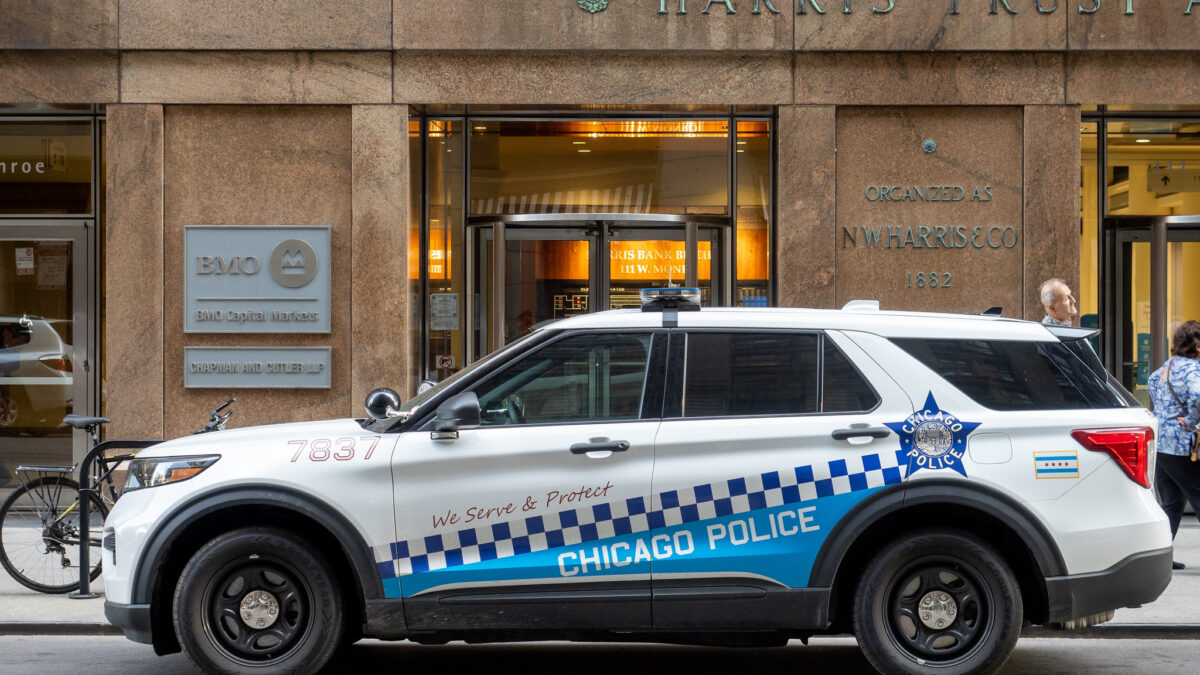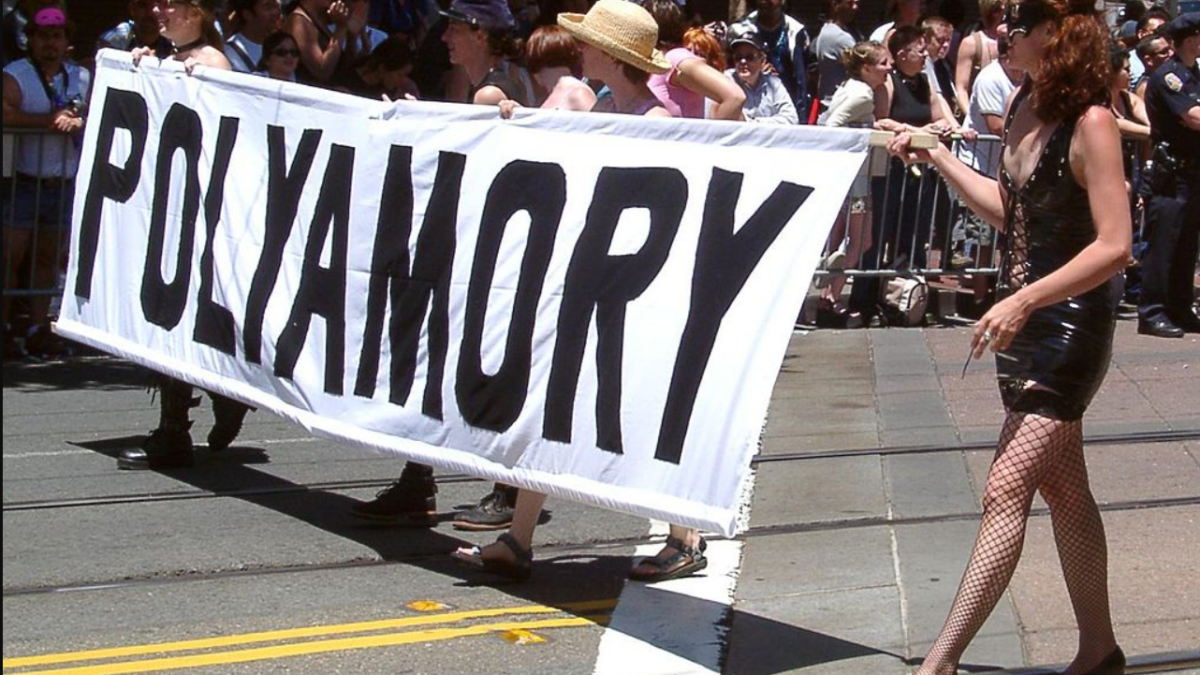
Lost in the deluge of stories lauding the Supreme Court’s ruling on gay marriage last week was a short blog post in The New York Times under the headline: “Portrait of Pope Benedict XVI Made of Condoms Draws Complaints in Milwaukee.”
It turns out the Milwaukee Art Museum recently accepted the donation of a portrait of Pope Emeritus Benedict XVI made from 17,000 stretched-out condoms of various colors. The piece is called “Eggs Benedict,” and the artist, Niki Johnson, says it’s not “hate-based” and that she only wants to “destigmatize the condom, normalize it.”
Recall that in January, Muslim gunmen killed 11 people at the Charlie Hebdo offices in Paris for publishing cartoons satirizing the Prophet Mohammed. Like the Pope Benedict condom portrait, those cartoons weren’t “hate-based,” however offensive they were to Muslims. Their purpose was to satirize and mock certain aspects of Islam, just as Johnson’s piece is meant to satirize and mock the Catholic Church’s teachings on birth control.
Days after the Charlie Hebdo shootings, The New York Times announced it would not reprint the Mohammed cartoons. “We have a standard that is pretty simple,” executive editor Dean Baquet told Politico. “We don’t run things that are designed to gratuitously offend.” He went on:
‘That’s what the French cartoons were actually designed to do. That was their purpose, and for that publication it is a fine purpose. But it isn’t ours. So I had to decide whether it was so important to the story to show the drawings, important enough to drop the standard. And the answer was they were not. We could describe them. And anyone who wanted to see them could easily do so.’
‘By the way, to really show what the fuss was about you have to show the most over the top drawings. Otherwise, people won’t really understand the story,’ he added. ‘Go have a look at those. They would not have met the standards of most news organizations.’
UPDATE (3:31 p.m.): Baquet sends a follow-up email, adding:
‘And obviously don’t expect all to agree. But let’s not forget the Muslim family in Brooklyn who read us and is offended by any depiction of what he sees as his prophet. I don’t give a damn about the head of ISIS but I do care about that family and it is arrogant to ignore them.’
The New York Times piece about the Pope Benedict condom portrait included a photo of the portrait, which isn’t surprising. As Politico noted, the Times has a rather recent history of publishing offensive images, from Holocaust-mocking cartoons to a painting of a black Madonna, “with a clump of elephant dung on one breast and cutouts of genitalia from pornographic magazines in the background.” And of course there’s the infamous “Piss Christ.”
There are two likely reasons the Times refused to published the Charlie Hebdo cartoons out of deference to Muslims but didn’t think twice about publishing the Pope Benedict condom portrait or any of those other images. First, liberal orthodoxy mandates that Jews and Christians are by definition impossible to offend because they are oppressors. Second, Baquet knows there won’t be any Christian or Jewish gunman showing up at the NYT office to kill him and his colleagues for publishing “things that are designed to gratuitously offend.”
Catholic Archbishop Jerome E. Listecki of Milwaukee highlighted this glaring double standard in his criticism of the museum’s decision to accept the portrait:
What about art featuring national or international popular social reconstructionists in a manner that would depict the opposite of what they represented, such as Gandhi sporting an uzi, Lincoln in Klu Klux Klan garb or Hitler with a yarmulke reading the Torah, all in the name of art and beauty? Whose art and whose beauty? I would offer that even if the art museum considered accepting any of the above examples, there would be an extensive public discussion that would take place before any decision would be made.
The museum director, Dan Keegan, says he hopes the condom piece not only stirs up “controversy” but also sparks “conversation.” But the conversation he hopes to spark is certainly not about the way his museum has insulted Catholics, or about the craven hypocrisy of The New York Times, or the absurdity of what passes for liberal piety in America today.








